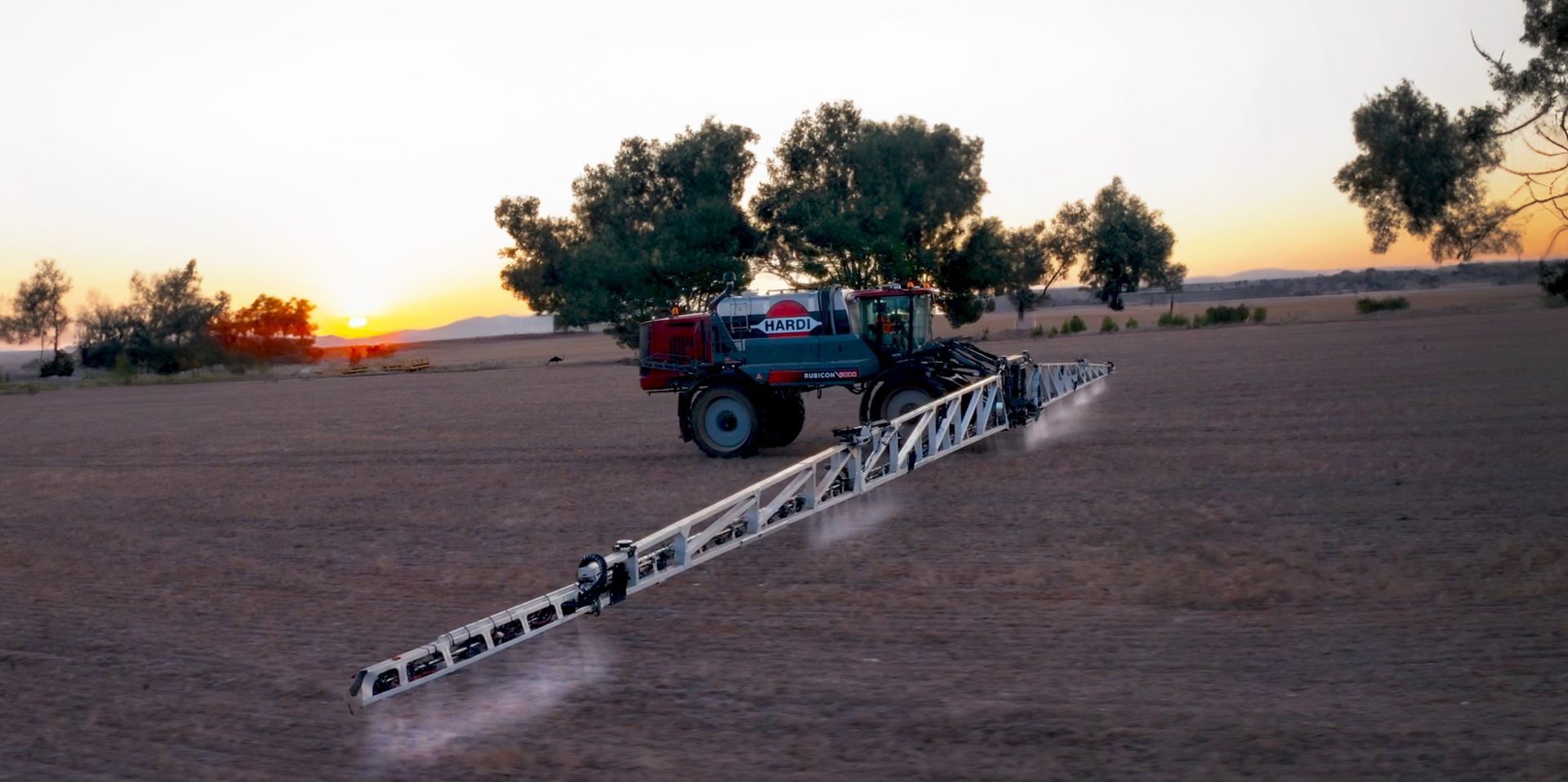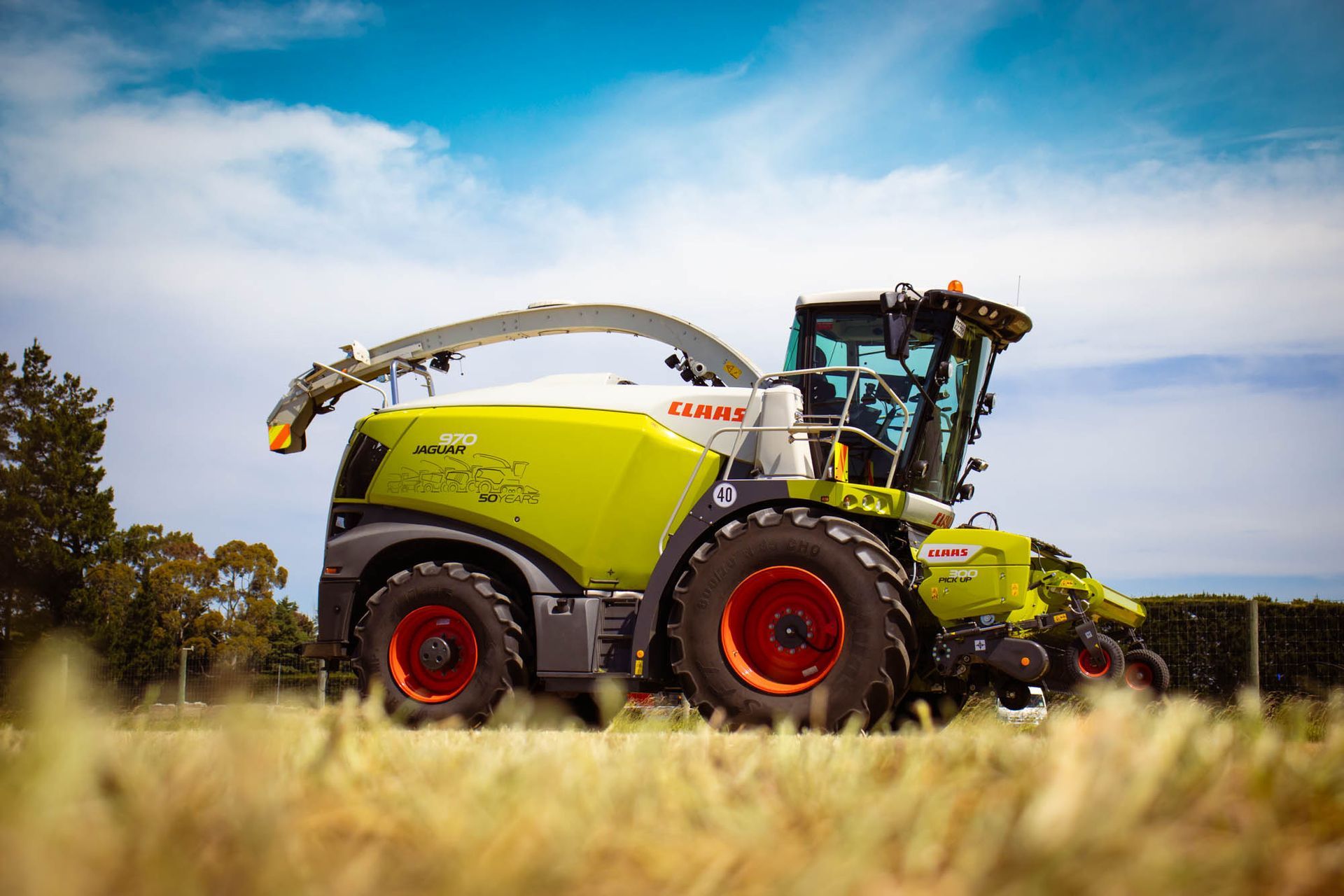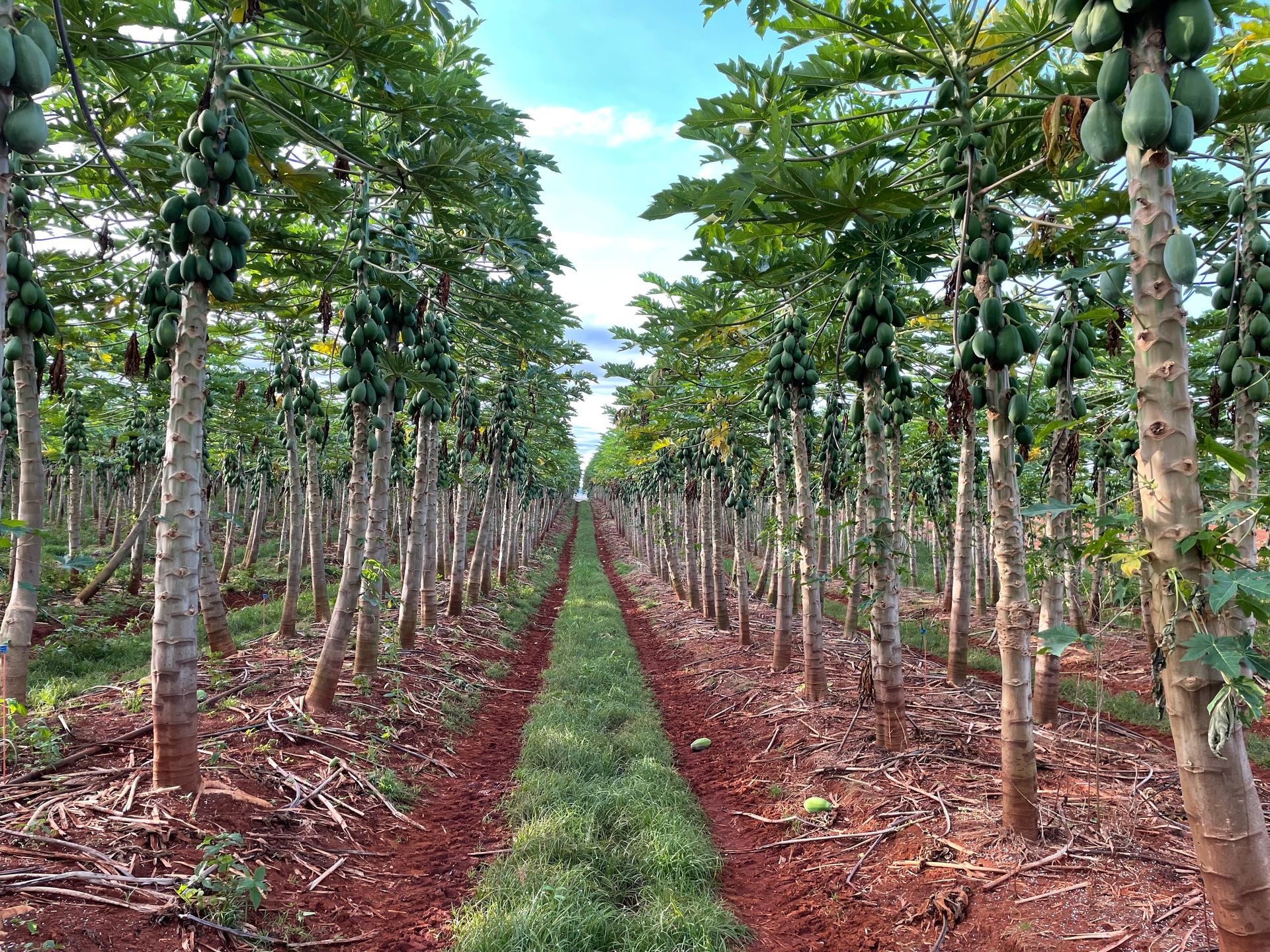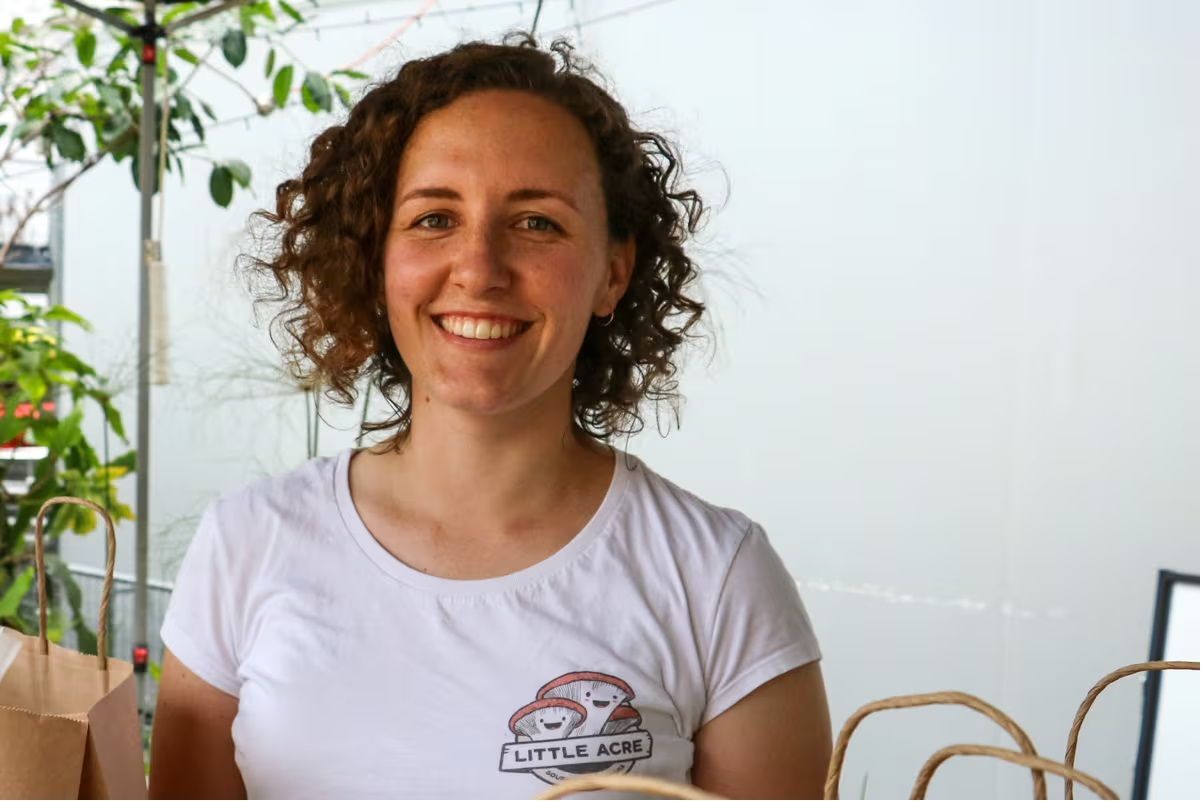Blog Post
NSW border opens up to Victorian ag workers
Elizabeth Gracie
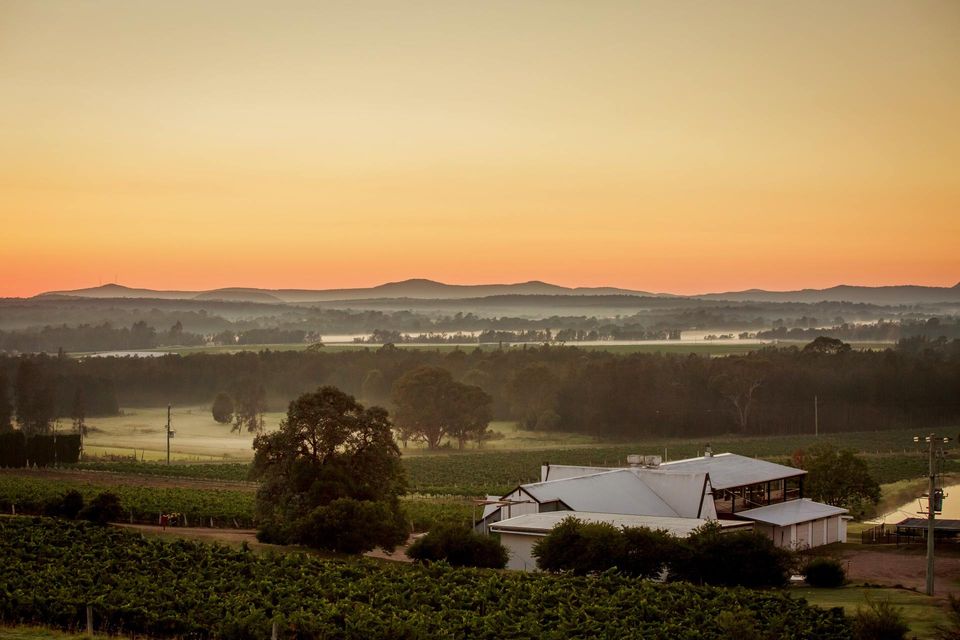
Agricultural workers from Victoria will now be able to cross the New South Wales border without quarantining for two weeks in Sydney.
NSW Agriculture Minister Adam Marshall said that in order to qualify for the quarantine exemption, prospective workers will have to apply for a ‘Highly Specialised Critical Services (Agriculture) Permit’ through Service NSW.
The agricultural exemption permit will now allow critical work to occur.
According to Marshall, the new permit system is “absolutely vital, not just for our border communities but our overall economy”.
The news comes in the wake of Melbourne’s coronavirus outbreak that has seen state borders close indefinitely and Melbourne residents go back into lockdown for a further six weeks.
Previous arrangements for interstate agriculture workers have seen employees forced to go into quarantine in Sydney for two weeks, even if they are transiting from regional Victoria and have undergone pre-screening for the novel coronavirus.
However, the exception is limited to a radius of 100km north of the Victorian border, meaning that for workers further north in NSW will still need to quarantine in Sydney for a fortnight if they want to work.
More recently, Federal Minister for Agriculture David Littleproud urged state premiers to seriously consider the impact state border closures would have not just on the agriculture industry, but on the cost of groceries, animal welfare and even critical human health for regional Australians.
“The arbitrary closure of state borders have had serious unintended consequences not only on agricultural supply chains but also regional Australians wellbeing,” said Littleproud.
“State health officials need to engage specifically with regional communities and industries at the direction of the premiers to identify workable solutions that keep supply chains open while keeping Australians safe rather than arbitrary broad-reaching decisions”.
NSW Farmers also backed calls for an agriculture permit system to be implemented to address disruptions to routine farm management activities due to state border closures.
“We do recognise the important intent of the border closures to suppress the spread of COVID-19, but these hard measures are having a major impact on the agriculture sector, food production and the economic health of regional NSW”.
Jackson said NSW Famers was pleased with the new permit system and the recognition of specialised agriculture services as a critical industry.
“NSW Farmers thanks the NSW Government for this positive move in response to our advocacy on behalf of producers, processors and contractors,” said Jackson.
The next step to be undertaken should be to extend the agriculture permit system to Queensland said NSW Farmers.
“This is a good step in reducing the uncertainty and we strongly encourage the Queensland Government to follow the NSW leadership as we all seek to operate in COVID safe workplaces”.
“With a bumper grain harvest looming in northern NSW, similar steps must be made urgently to allow the movement of workers, contractors and machinery across the Queensland border,” said Jackson.
Share
Tweet
Share
Mail
NEWS
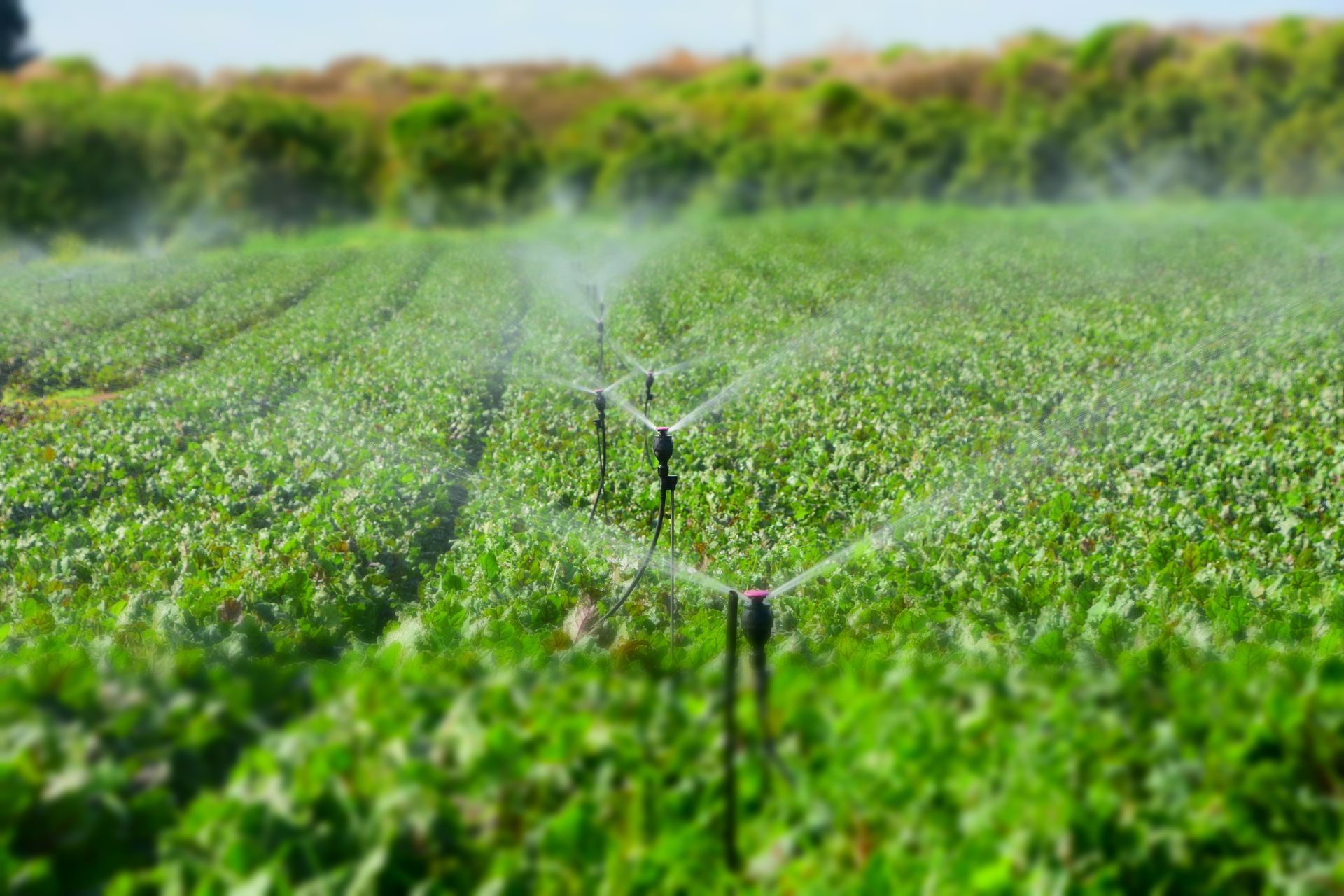
By Jessica Martyn
•
16 Feb, 2024
When it comes to building and maintaining a successful farming business in Australia, implementing the right solutions to deliver and preserve essential resources like fresh water is crucial – and in these ponds, White International is an authority more than 70 years strong.
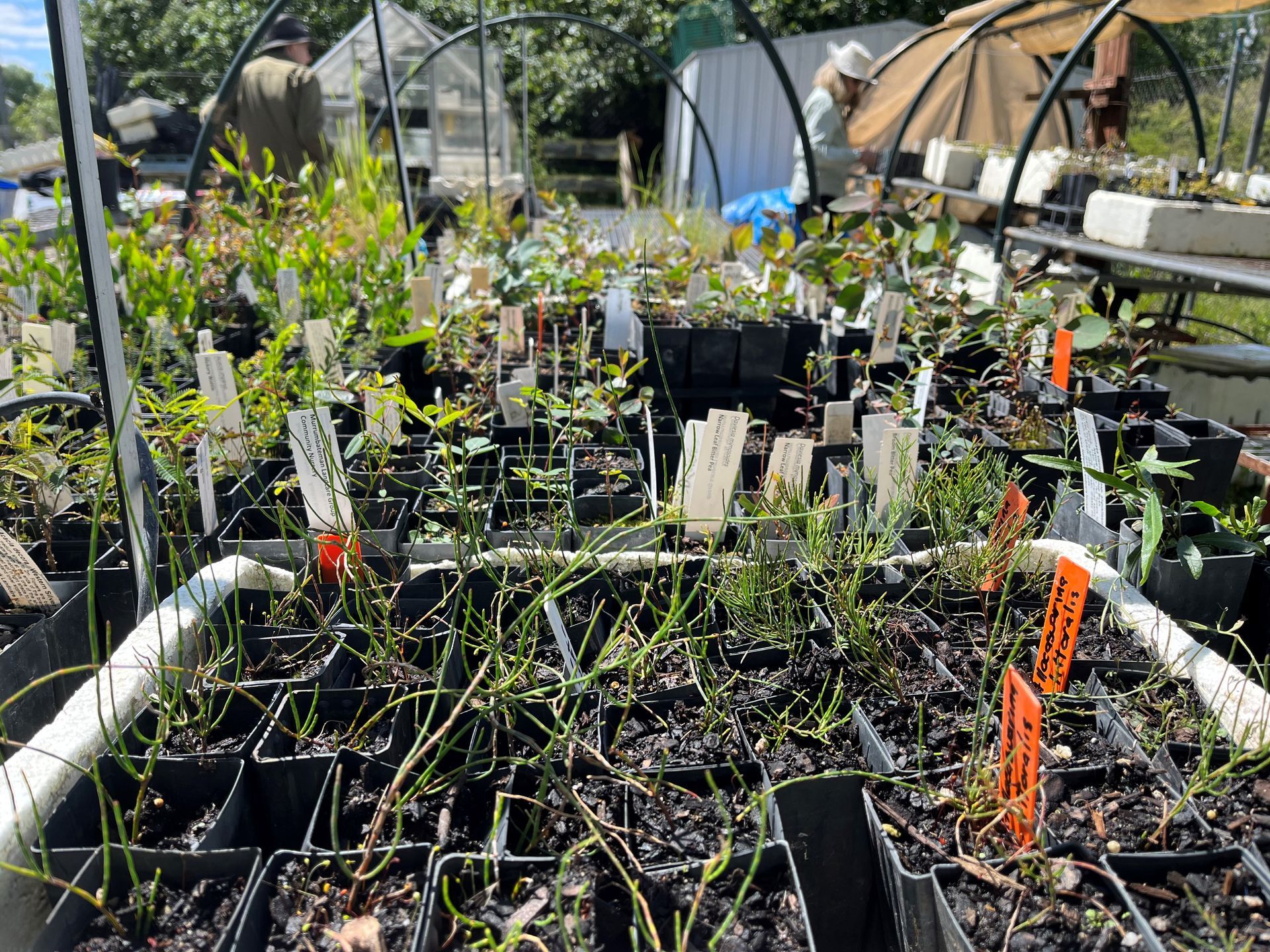
04 Dec, 2023
As a Landcare group, one of our main interests is to increase ecological resilience in our local area. Many of our landscapes have been cleared of vegetation in previous decades, so we have the task of supporting landholders to plant trees and shrubs to replace those that are missing. The benefits of revegetation are manifold. They include providing habitat for a range of native animals; controlling erosion and salinity; increasing farm productivity through nutrient cycling and shade and shelter for stock; and drawing down carbon from the atmosphere. But as weather patterns become more variable and we experience more climatic extremes, we need to think about which plant species – and which plant genetics – are most appropriate in our revegetation efforts. We are forced to ask will our local plantings be able to survive our future climate? Up until recently, it has been common for people to preference locally sourced seed when re-planting. This has been based on the idea that such plants will be best adapted to local conditions. However, there is growing understanding among scientists and land managers that we need to shift our focus to plants that can persist as the climate changes. This involves looking at which plant species are most appropriate by focussing on species that have a wide distribution and grow in our area and also in hotter areas, and increasing the genetic diversity of our tubestock so they have the best potential to adapt over successive generations. Our Landcare group has been tackling this issue for the past several years, working with scientists and AdaptNSW to find the best way forward. There are several key steps involved: understanding our local future climate, analysing whether selected local species can survive in climates like the one projected for our area, and sourcing seed for those likely-to-survive species from a range of areas to increase the genetic diversity of our plantings. Planting the right species with good genetic diversity gives revegetation projects the best chance of survival into the future. It’s not just about making sure the individual tubestock will grow, but that future generations of those plants will be able to survive and thrive. Luckily there are some good resources available for farmers, land managers and groups interested in climate ready revegetation. The Royal Botanic Garden Sydney has launched the Restore and Renew Webtool ( https://www.restore-and-renew.org.au/ ), which is a wonderful way for people to incorporate both climate change and genetic information when sourcing seed or plants. The NSW Niche Finder is invaluable for those who want to dig further into climate variables and species distribution ( http://www.nswnichefinder.net/ ). For future climate information, the CSIRO and Bureau of Meteorology have joined forces to provide a user-friendly online tool ( https://myclimateview.com.au/ ). And AdaptNSW also provides projected climate change information for different regions of the state ( https://www.climatechange.environment.nsw.gov.au/projections-map ). The Yass Area Network of Landcare Groups also has detailed information about our work on climate ready revegetation and relevant resources our website: https://yan.org.au/projects/climate-ready-revegetation-project As the climate changes, our revegetation efforts are more important than ever. And we need to make sure that they are ‘climate ready’ so that their benefits persist well into the future.
A selection of The Australian Farmer Sponsors - Click on a banner below to find out more...

